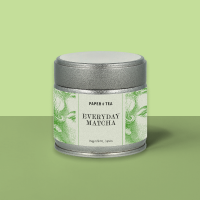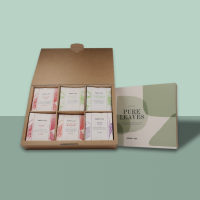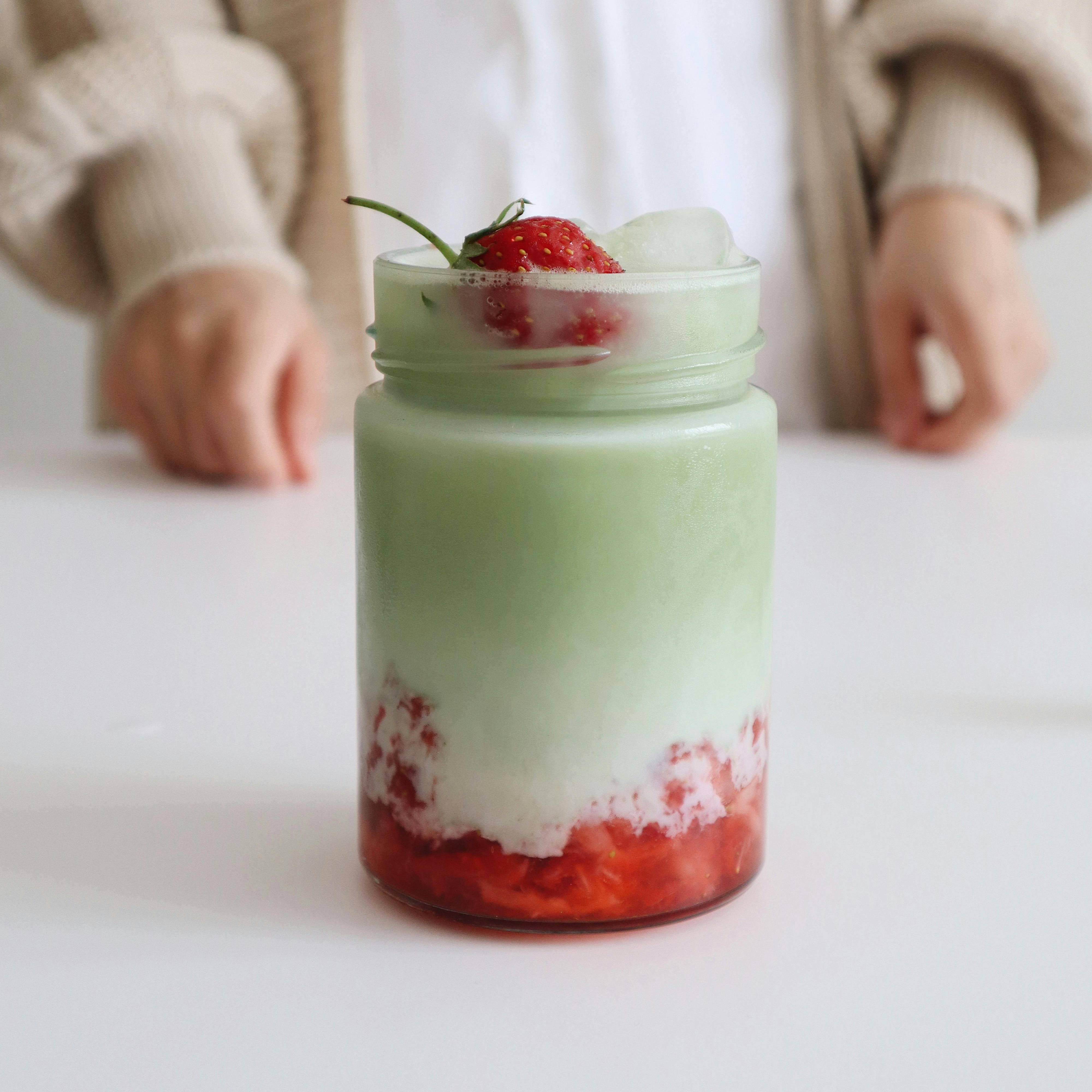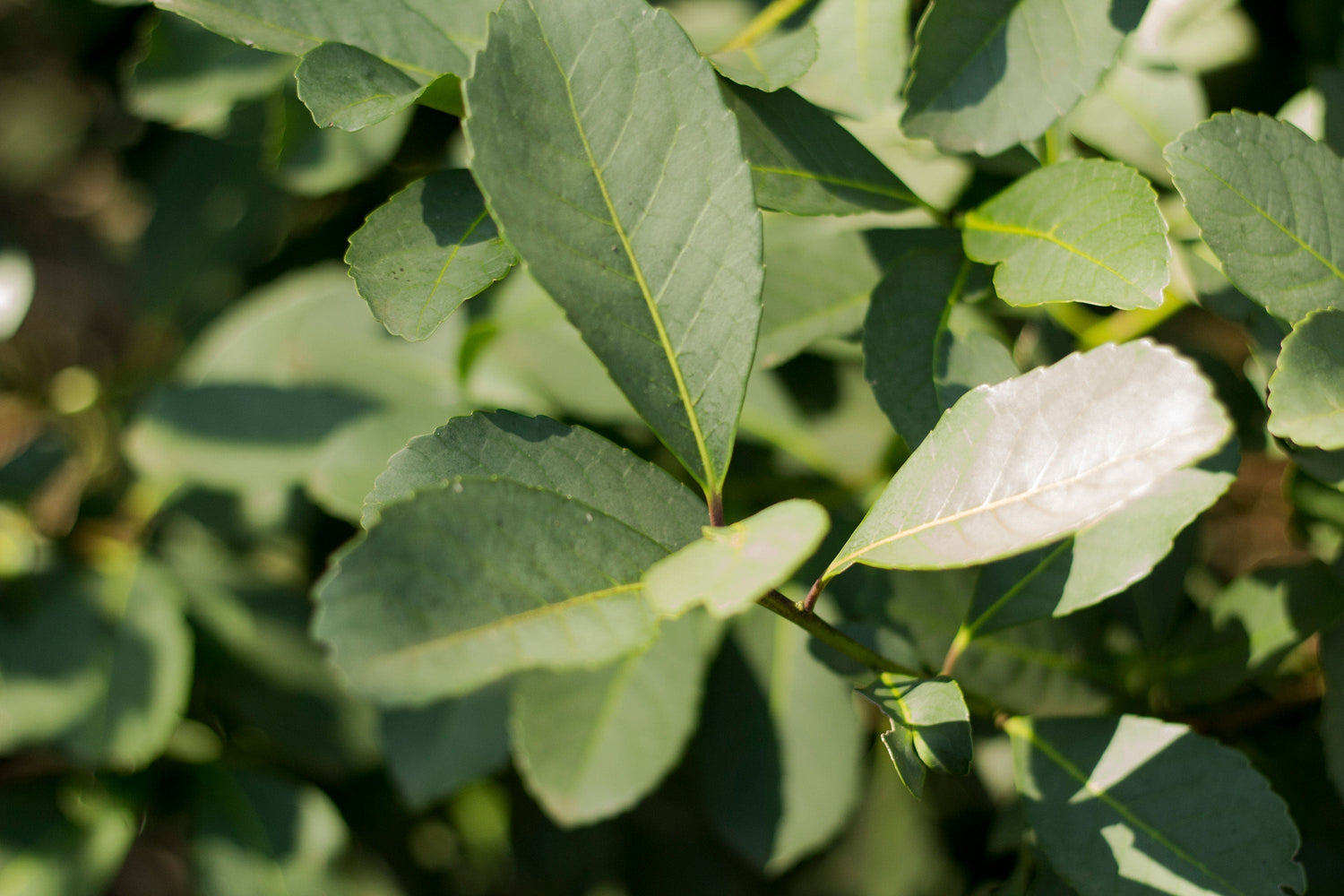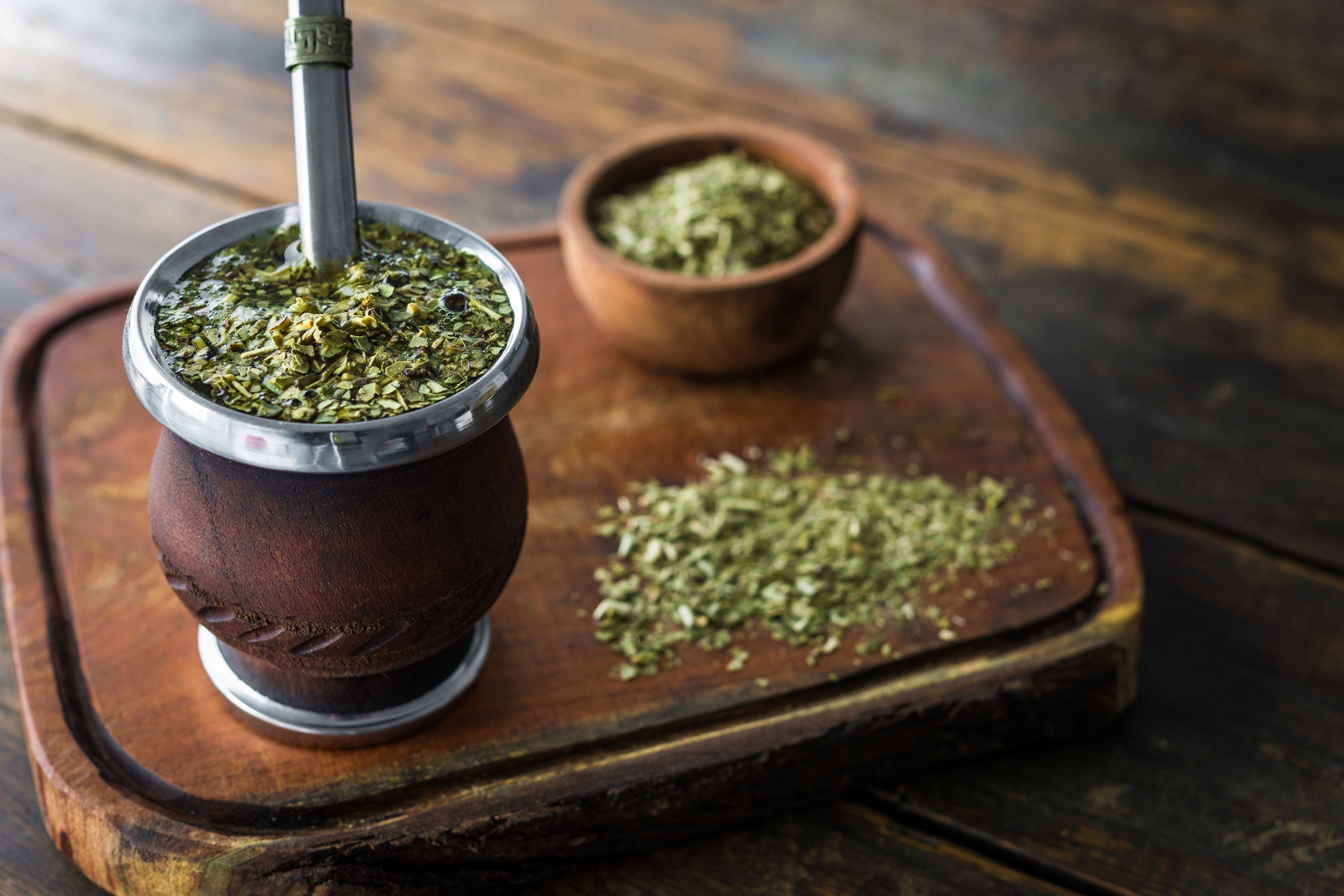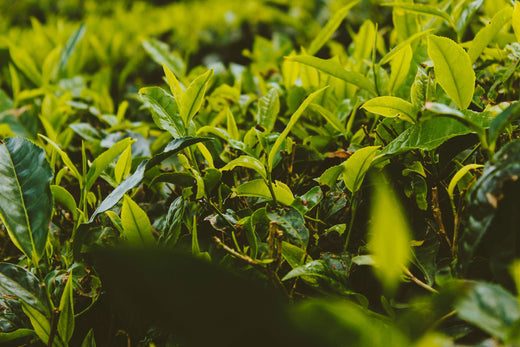Description
The production of Yerba Mate tea begins with breaking the branches of the mate shrub and removing the leaves. The leaves are then dried using various methods. Traditionally, the leaves are manually exposed to fire and later dried over indirect heat on wooden structures. Modern production involves mechanized processes using specific rooms and ovens where the mate leaves are roasted and dried. Finally, the leaves are ground and stored.
The flavor of Yerba Mate can vary depending on the harvest and processing. Many producers blend different harvests to ensure a consistent standard.
In South America, sharing mate tea symbolizes togetherness. People drink it with friends, family, strangers, or even alone. Due to its caffeine content, mate tea is often said to provide energy and strength, making it a popular morning or daytime beverage. When shared, there typically is a cebador (tea master) who prepares and serves the Yerba Mate. The mate ritual involves everyone drinking from the same gourd and using the same bombilla (straw). Preparing mate is a long-standing tradition, passed down through generations.
History
The discovery of the mate shrub traces back to the indigenous peoples of South America, who found the plant in the jungle. In the 16th century, Spanish conquerors observed the consumption of mate tea and developed a liking for it. In the following century, the Jesuits, who settled in what is now Paraguay, began the systematic cultivation of the mate plant. In 1776, the Jesuits were expelled from Latin America, taking their knowledge of mate cultivation with them.
For nearly two centuries, the germination of the hard seeds remained a mystery, leading the indigenous people to continue harvesting wild mate from the jungles. It was not until the 20th century that the cultivation of Yerba Mate began in earnest, with significant contributions from German immigrant Fritz Neumann. Under a government initiative to promote agriculture, he received a large tract of land and used it to uncover the challenging secrets of mate cultivation. Today, Yerba Mate is primarily grown in Paraguay, Argentina, Uruguay, and parts of Chile and Bolivia.
Interesting Facts
- Argentina alone produces 270 million kg of mate tea annually.
- Around 3 kg of raw material are needed to produce 1 kg of mate tea, as the leaves lose up to two-thirds of their weight during drying.
- The evergreen Yerba Mate tree can grow up to 20 meters tall in the wild, while cultivated plants typically reach about 3 meters.
